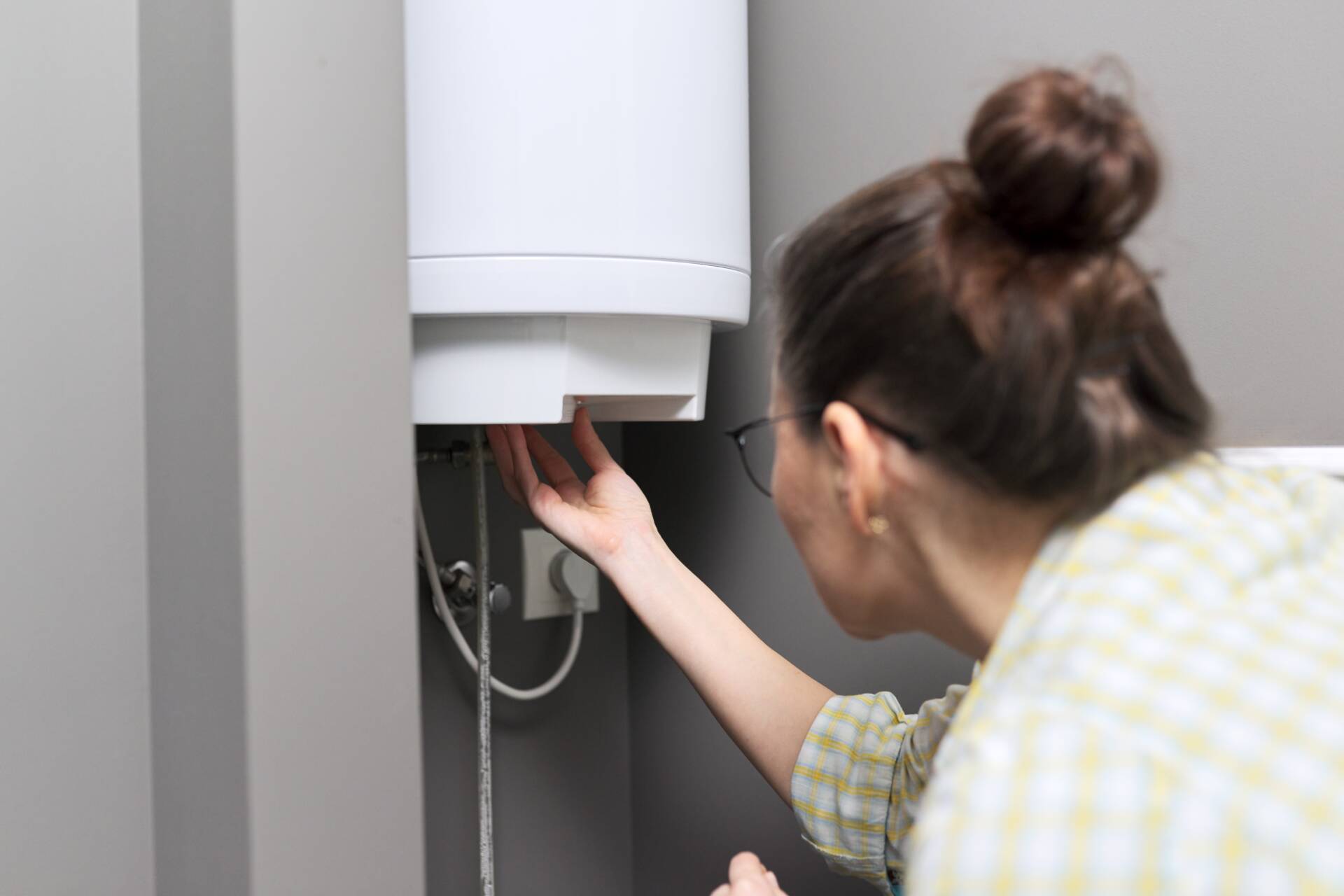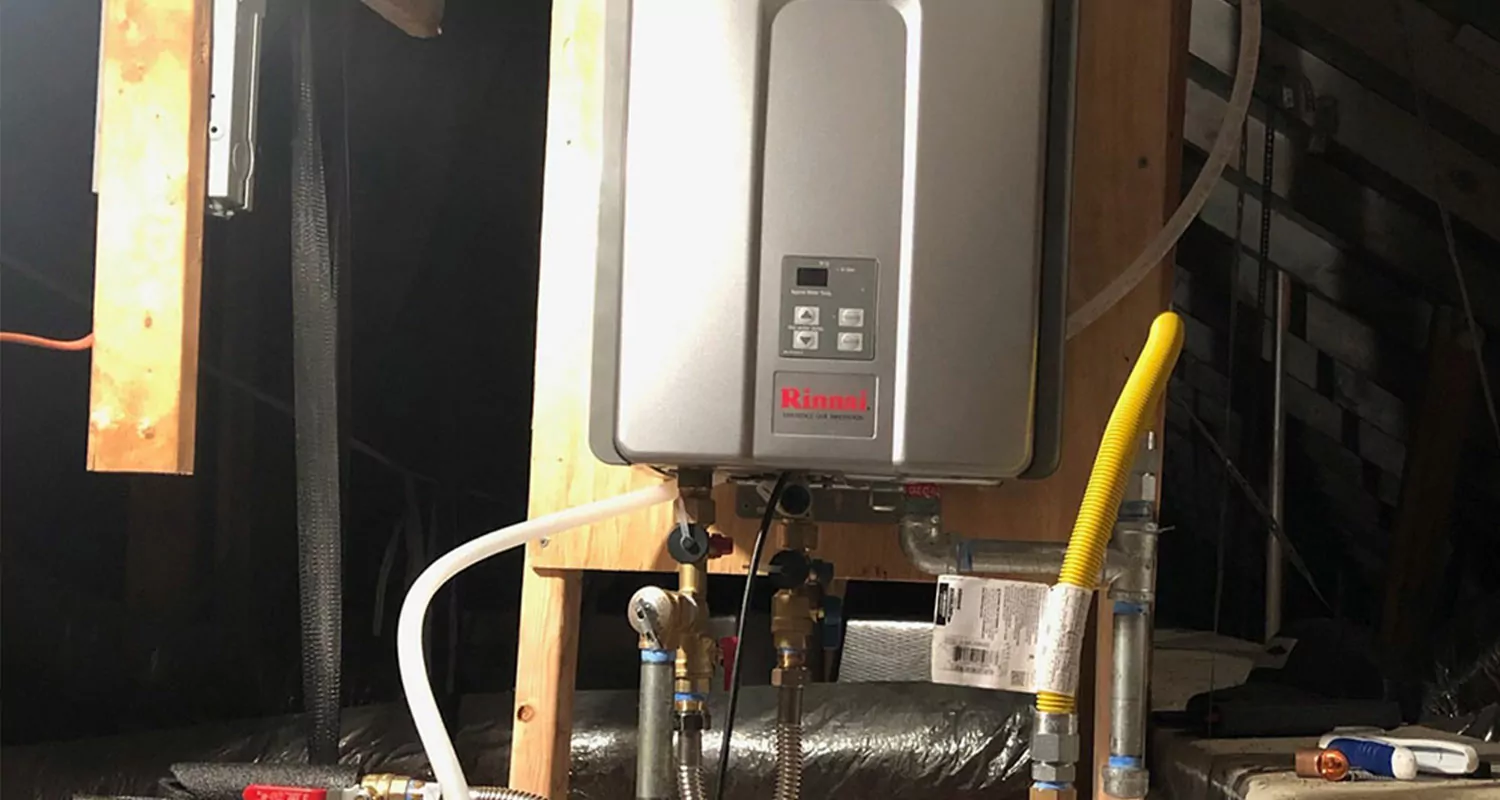Tips on How to Keep Your Home's Hot Water System Functioning Well
Tips on How to Keep Your Home's Hot Water System Functioning Well
Blog Article
Just about everyone is bound to have their own way of thinking in relation to Tips For Maintaining Your Hot Water Heater.

Hot water is necessary for daily comfort, whether it's for a rejuvenating shower or cleaning recipes. To ensure your hot water system runs effectively and lasts much longer, normal maintenance is essential. This post gives practical tips and insights on exactly how to keep your home's warm water system to avoid disruptions and expensive repair services.
Intro
Keeping your home's warm water system might seem challenging, however with a couple of basic actions, you can guarantee it runs efficiently for years to come. This guide covers everything from comprehending your hot water system to DIY maintenance ideas and understanding when to call in professional help.
Significance of Maintaining Your Hot Water System
Regular maintenance not only extends the lifespan of your hot water system but also ensures it operates efficiently. Neglecting upkeep can cause lowered effectiveness, greater energy expenses, and even premature failure of the system.
Signs Your Hot Water System Needs Maintenance
Knowing when your warm water system requires focus can stop significant problems. Watch out for signs such as inconsistent water temperature level, weird sounds from the heating unit, or rustic water.
Flushing the Water Heater
Purging your hot water heater eliminates sediment buildup, improving performance and lengthening its life.
Checking and Changing Anode Rods
Anode poles prevent deterioration inside the storage tank. Inspecting and changing them when worn out is critical.
Complicated Issues Calling For Professional Aid
Examples consist of significant leaks, electric problems, or if your hot water heater is regularly underperforming.
Regular Professional Upkeep Advantages
Specialist maintenance can consist of extensive inspections, tune-ups, and making sure conformity with safety criteria.
Examining and Adjusting Temperature Level Settings
Adjusting the temperature level settings makes certain optimal efficiency and safety.
Do It Yourself Tips for Upkeep
You can carry out numerous maintenance jobs on your own to keep your warm water system in leading condition.
Looking for Leaks
Consistently check pipes and links for leaks, as these can lead to water damages and higher expenses.
Understanding Your Warm Water System
Before diving right into maintenance tasks, it's helpful to comprehend the basic elements of your hot water system. Usually, this includes the water heater itself, pipelines, anode rods, and temperature level controls.
Monthly Upkeep Tasks
Routine monthly checks can help catch small concerns before they intensify.
Checking Stress Relief Valves
Evaluating the stress safety valve guarantees it functions correctly and stops too much stress buildup.
Insulating Pipes
Protecting warm water pipelines minimizes warmth loss and can conserve power.
When to Call a Professional
While DIY maintenance is helpful, some problems call for specialist knowledge.
Final thought
Normal upkeep of your home's hot water system is vital for performance, longevity, and cost financial savings. By adhering to these tips and knowing when to look for specialist aid, you can ensure a reputable supply of warm water without unexpected disruptions.
How to Maintain an Instant Hot Water Heater
Before tinkering with your hot water heater, make sure that it’s not powered on. You also have to turn off the main circuit breaker and shut off the main gas line to prevent accidents. Also turn off the water valves connected to your unit to prevent water from flowing into and out of the appliance. 2. When you’re done, you have to detach the purge valves’ caps. These look like the letter “T†and are situated on either side of the water valves. Doing so will release any pressure that has accumulated inside the valves while at the same time avoid hot water from shooting out and burning your skin. 3. When the purge valves’ caps are removed, you have to connect your hosing lines to the valves. Your unit should have come with three hoses but if it didn’t, you can purchase these things from any hardware or home repair shops. You can also get them from retail stores that sell water heating systems. Read the user’s manual and follow it to complete this task properly. When the hosing lines are connected, open the purge port’s valves. 4. You should never use harsh chemical cleaners or solutions when cleaning your unit. Make use of white vinegar instead. It should be undiluted and you’ll probably use about 2 gallons. 5. Now flush your water heater. This task should probably take about 40 minutes. We can’t give you specific directions for this because the procedure is carried out depending on the type, model and brand of your heater. With that being said, refer to the user’s manual. 6. When you’re done draining the unit, you have to turn off the purge port valves again. Remove the hosing lines that you earlier installed on each of the water valves. Put the valve caps (purge port) back in their respective places and be very careful so as not to damage the rubber discs that are found inside these caps. 7. Now that everything’s back in place, check your user’s manual again to find out how to reactivate your water heating system. 8. Once it is working, turn one of your hot water faucets on just to let air pass through the heater’s water supply pipes. Leave the tap on until water flows smoothly out of it. https://www.orrplumbing.com/blog/2014/september/how-to-maintain-an-instant-hot-water-heater/

Do you like reading up on Tips on Maintaining a Water Heater? Make a review directly below. We'd be happy to listen to your suggestions about this write up. In hopes that you visit us again in the future. In case you liked our post please don't forget to pass it around. I truly appreciate your readership.
Schedule Free Estimate Report this page